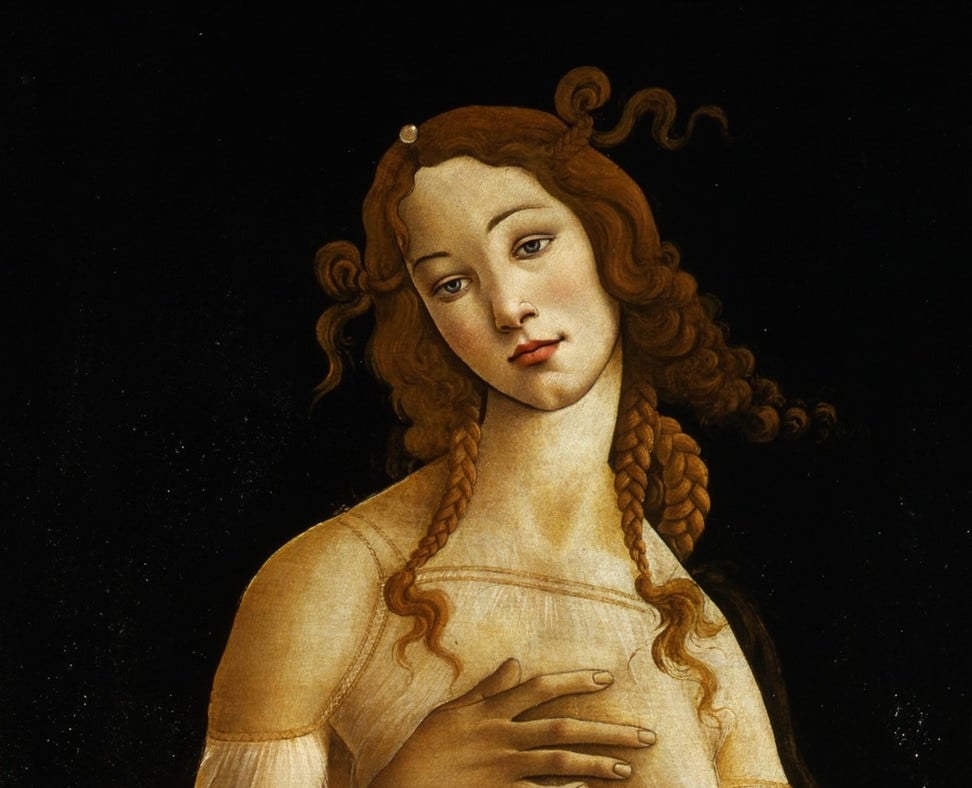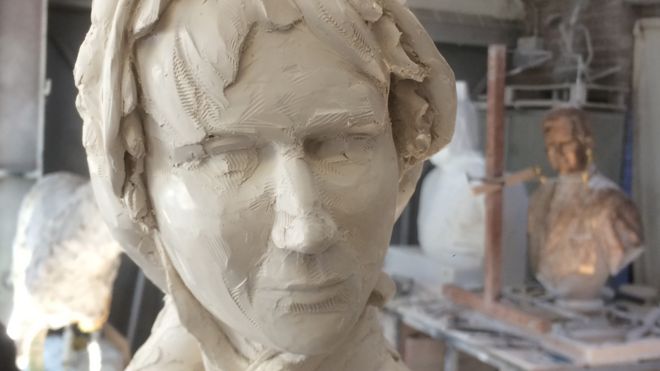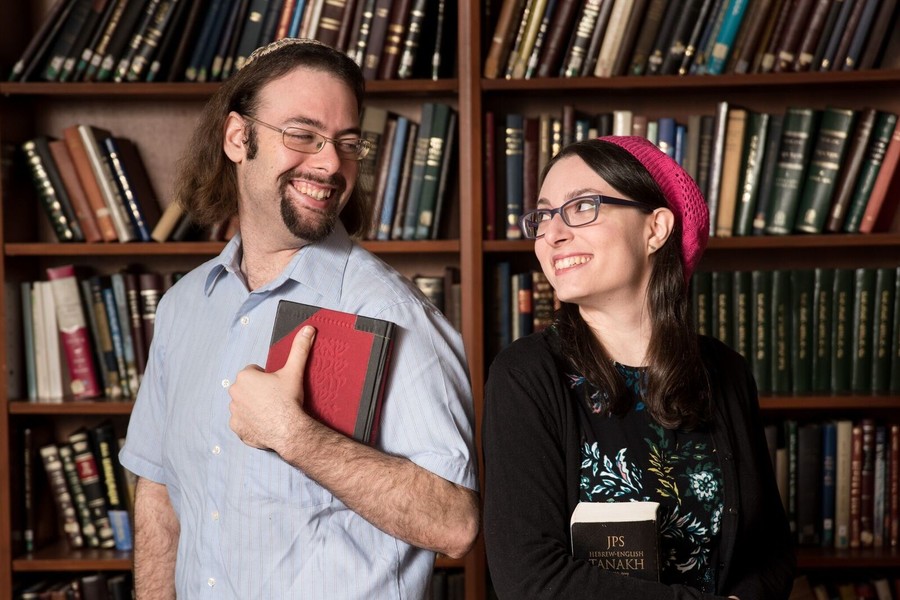Lucky you, there are two link compilations this week! (Find the special Epic Times edition here.) The world of literature and the arts are simply booming lately. Read on:
- Director Phyllida Lloyd presents the conclusion to a trilogy of Shakespearean plays with her retelling of The Tempest. Set in a women’s prison, it explores themes of reverie and reality with clever interpretations of classic scenes from the play.
- Clmence Boulouque reviews Avivah Gottlieb Zornberg’s work Moses: A Human Life for the New York Times. Zornberg studies Moses and his humanity, drawing in references “spanning Hasidic masters, George Eliot, Zizek and Beckett, among others.”
- Accomplished Italian skier Sofia Goggia, besides taking the World Cup circuit by storm, has an affinity for Latin and poetry and is said to have taken a pilgrimage to John Keats’ gravesite in Rome.

Here lies One / Whose Name was writ in Water. The grave of John Keats by Piero Montesacro via Wikimedia Commons. [GFDL or CC BY-SA 3.0]
- The Jane Austen Society of Pakistan (JASP) plans on publishing a collection of short stories entitled Austenistan, comprising of stories set in Pakistan as a tribute to Austen on the 200th anniversary of her death.
- Zarathustra the cat, owned by Russian artist Svetlana Petrova, “improves” famous works of art, including but not limited to: the Mona Lisa, The Birth of Venus, and The Creation of Adam.

Born this way. Via Fat Cat Art.
That should do it! We hope all this Core-related news provides good fodder for conversation.











